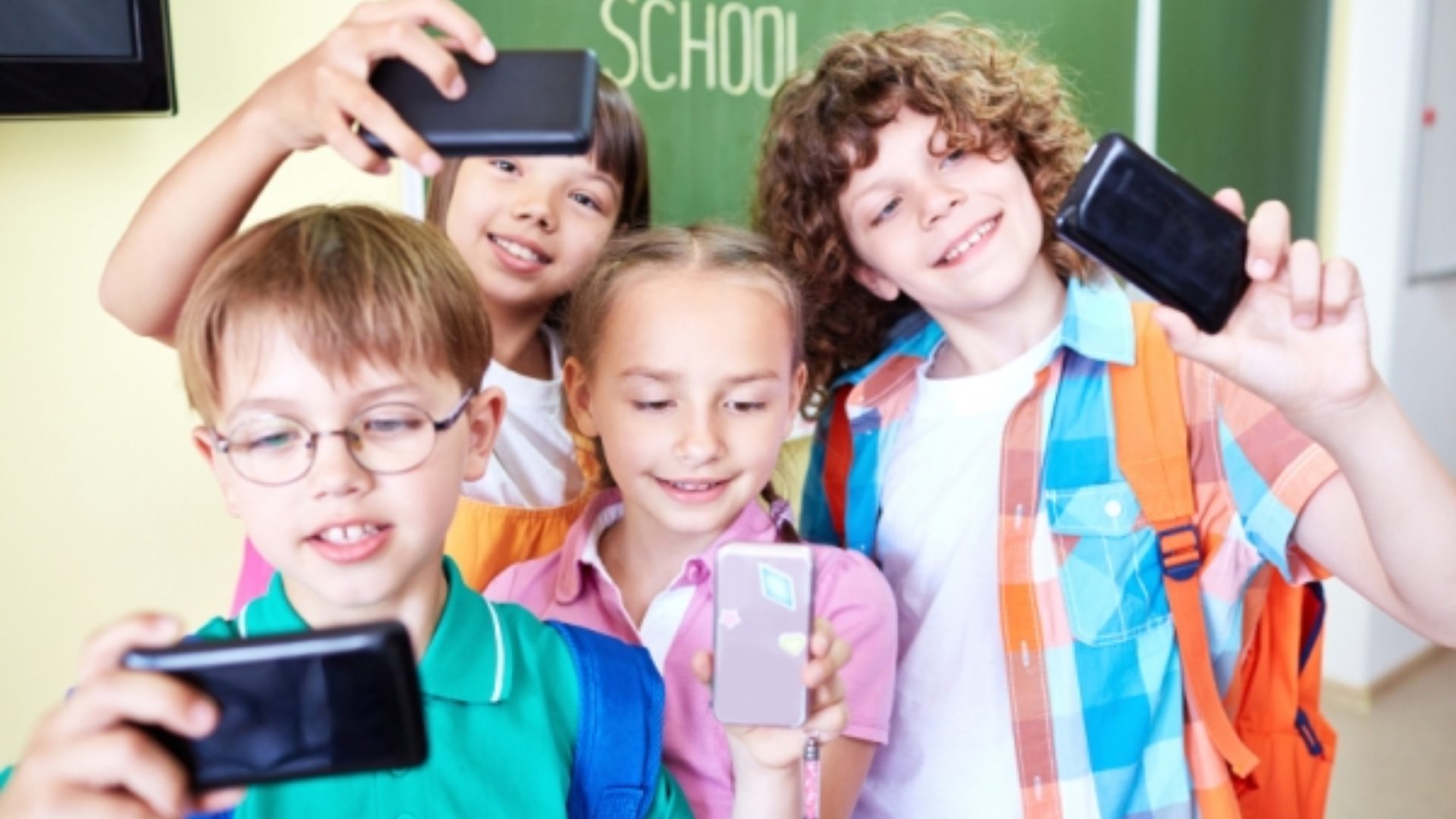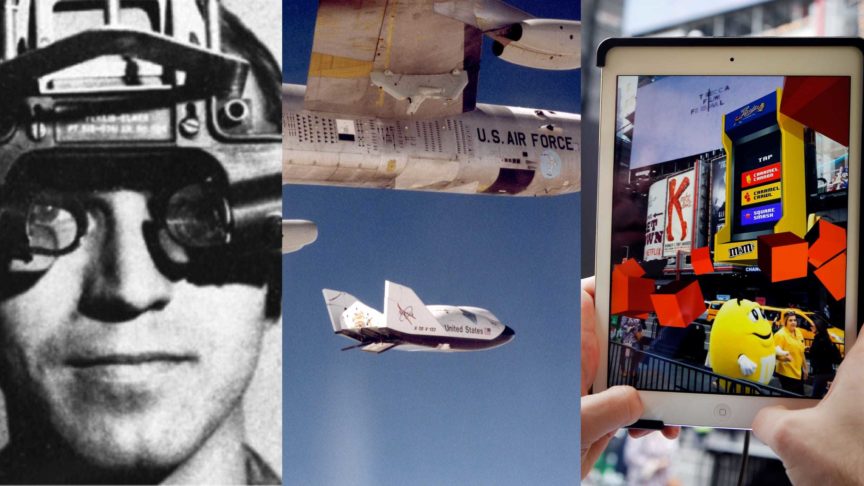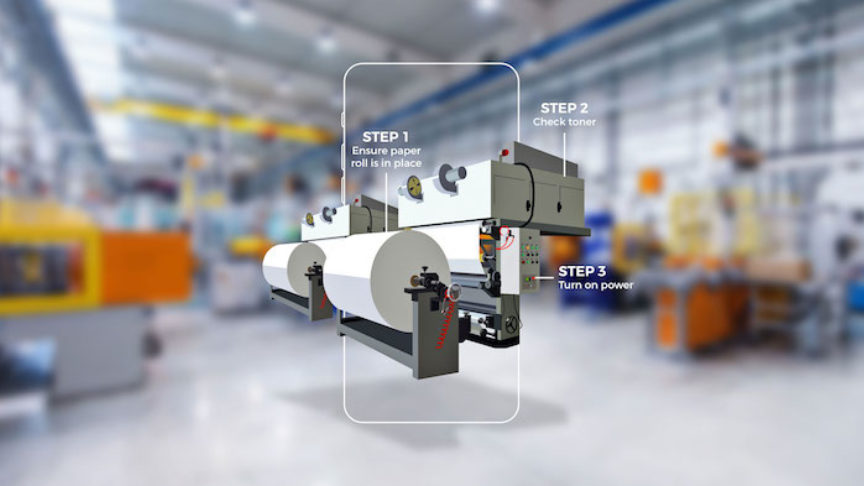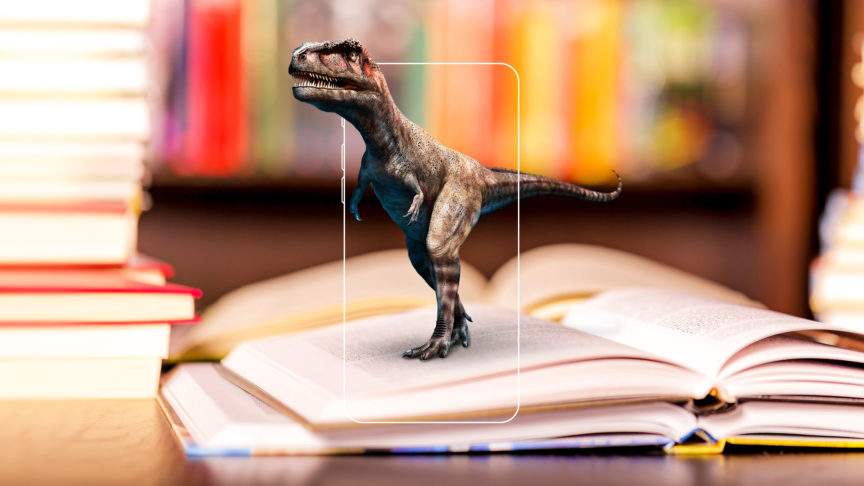Phones ARE allowed in class! How mobile tech truly enriches learning
June 11, 2015
Phones ARE allowed in class! How mobile tech truly enriches learning

Monica Burns is a US education consultant, classroom teacher and edtech blogger. Here, in a guest blog for Blippar, she writes about how our image-recognition and augmented reality technologies are making once-banned mobiles the new stars of the classroom.
The debate about whether to permit mobile phones in classrooms has been raging for as long as these devices have been in the hands of young people. By now, they're ubiquitous, and rather than seeing them as a menace disrupting the learning process, they should be seen for what they are: powerful computers that fit into a pocket, more advanced than the IT systems we had in schools as recently as a decade ago.

Monica Burns, above, believes it is crucial to integrate mobile technology into the e-learning environment
Viewing mobile technology as toxic in a teaching environment ignores the fact that these devices can function as pathways to digital content and as effective learning tools. Banning or restricting their usage will inevitably drive them under the table, and will reinforce the perception that they bring no educational benefit. It's crucial, therefore, to integrate mobile technology into the e-learning environment, thus shifting behaviour and attitudes in the opposite direction.
One of the most innovative and exciting companies leveraging the power of smartphones and mobile technology is Blippar, a visual discovery app powered by image-recognition and augmented reality technologies. Educators use Blippar to bring the traditional, physical classroom to instant, interactive, digital life on mobile phones and tablets. Teachers use Blippar to create animated and 3D education experiences, layering traditional teaching content (such as textbooks posters) with video, audio, additional pictures, games, tests, online learning, research and homework materials.

Monica Burns believes that mobile technology powered by augmented reality has a genuine place in the classroom
I worked with LitWorld, a non-profit organization based in New York City, to create an interactive library space for families using Blippbuilder, Blippar's creation tool that lets teachers make their own augmented reality experiences. When children scan (or, rather, blipp) the trigger images with the free Blippar app they are taken to a variety of multimedia activities which enhance their library experience; this includes sing-along songs, book recommendations and read-alouds of favourite publications.
Some content was created by LitWorld team members, some was found online, but all the media connected to the AR triggers enhances the library experience. Children can scan books to watch video pop-ups on their screen, while also improving their comprehension skills and finding inspiration for choosing new books.

Monica Burns' blippable wall posters, created in conjunction with LitWorld
One of the best reasons to use a tech platform for interactive learning is that it enables you to monitor each student's usage - in this case, I could see how many times each poster I made was blipped. Blippar's personalised Educator Dashboard is a great way to see how the AR experiences you create are reaching learners.
The idea is that teachers use their dashboard to see who blipped, when they blipped, what they did within the blipp, and how their individual behaviour compares with the rest of the class, the school, and other schools within the district. This data allows us to see who is coping best and who is struggling, who is improving and who is falling behind – ultimately, the technology informs our efforts to improve how and what we teach our kids.

School children interacting with Monica Burns' blippable posters using Blippar downloaded on their iPads
Augmented reality empowers teachers to use the mobile devices carried by their students for educational purposes. Technology has revolutionised how we teach and will continue to do so. We mustn't ignore these changes, thus losing out on the most innovative and engaging means of bringing subjects and learning to life.
We need to accept that mobile devices have a role to play in the classroom - particularly when augmented reality technology allows us to enhance the physical world. Blippar puts so much educational potential in even the simplest smartphone – now we just need to harness it!
To make your classroom or learning environment digitally interactive using Blippar, email education@blippar.com


